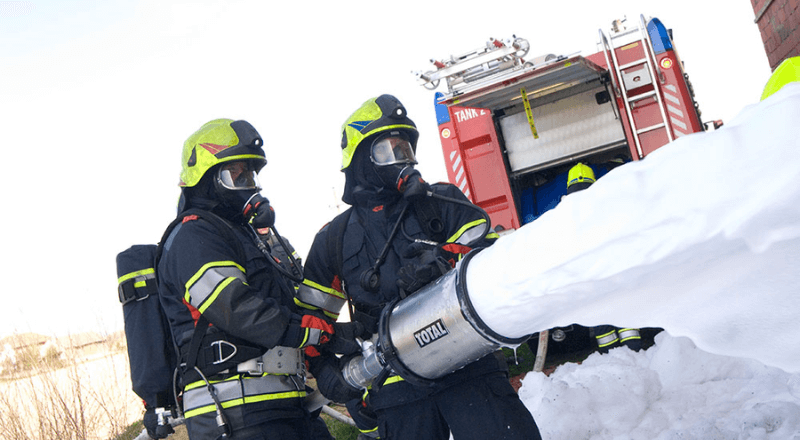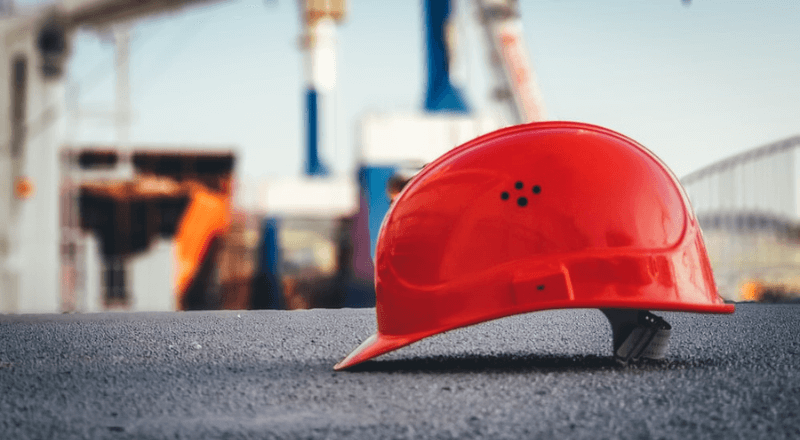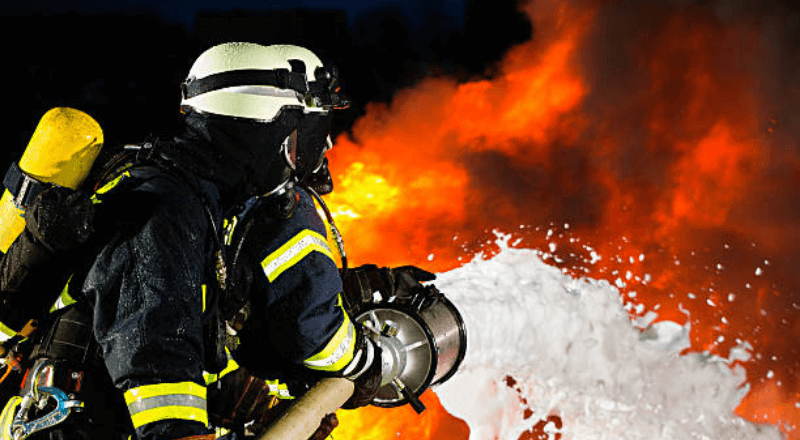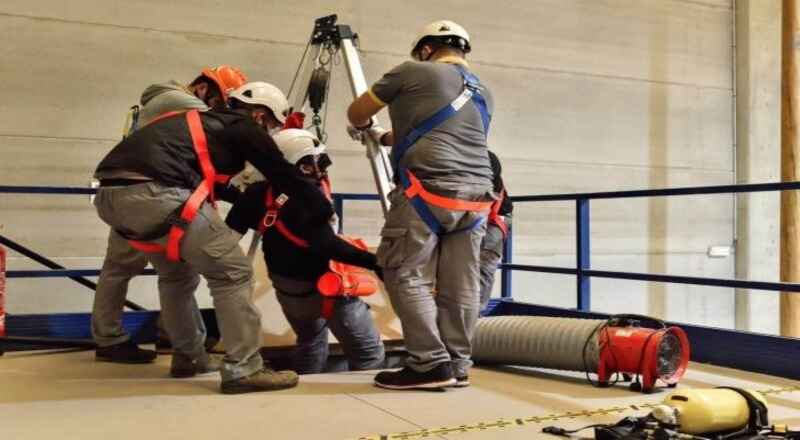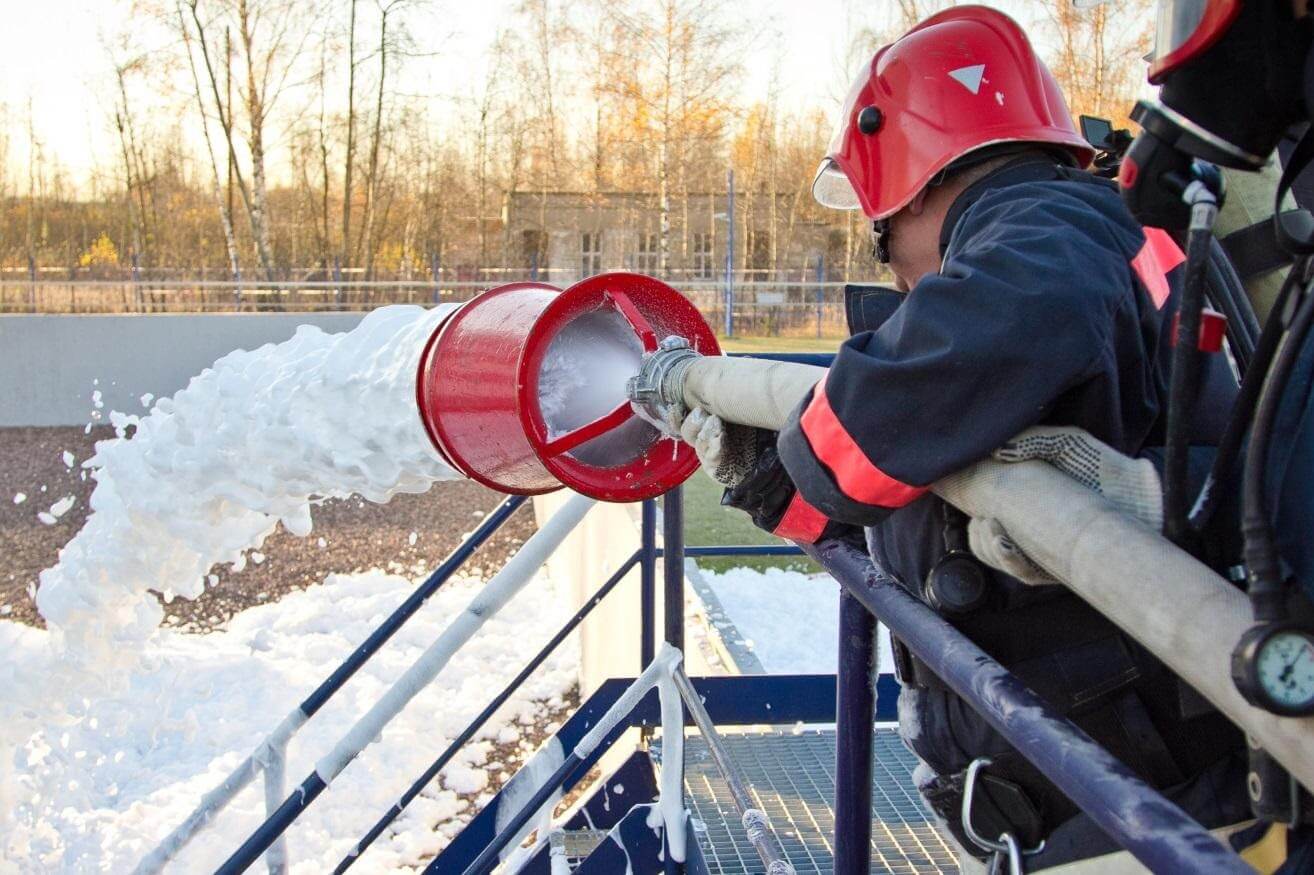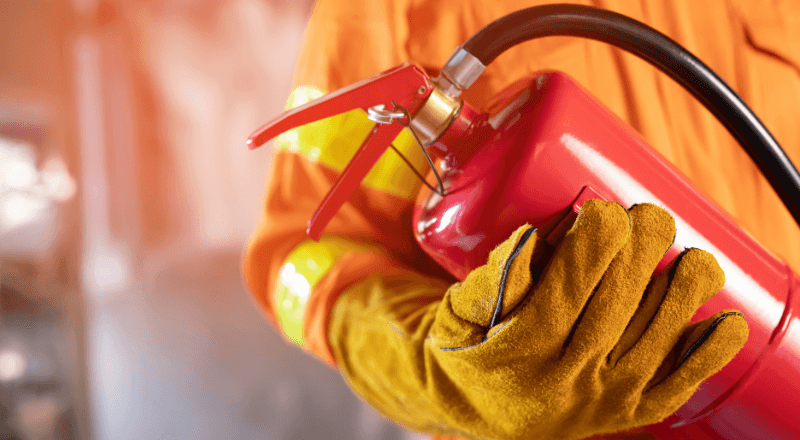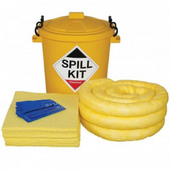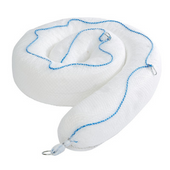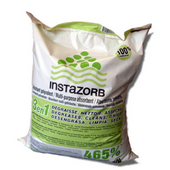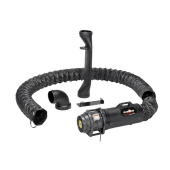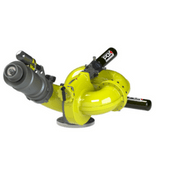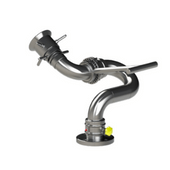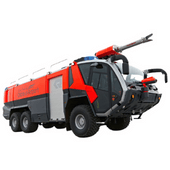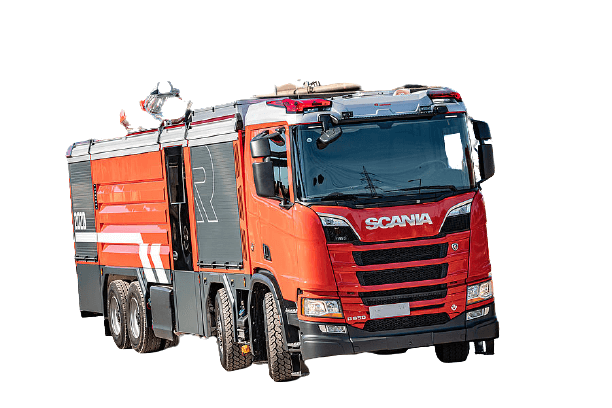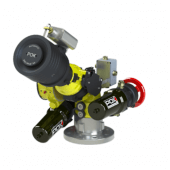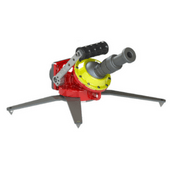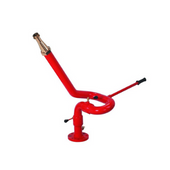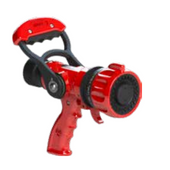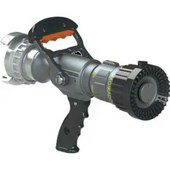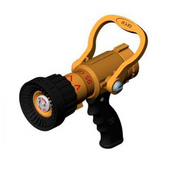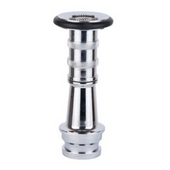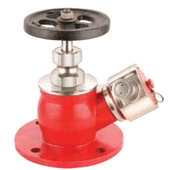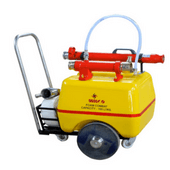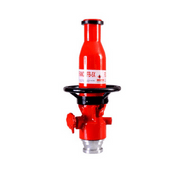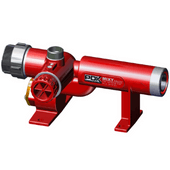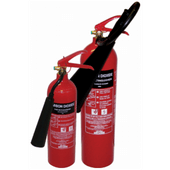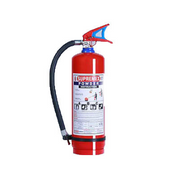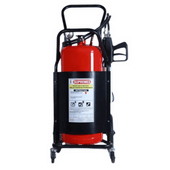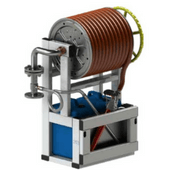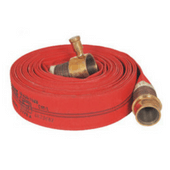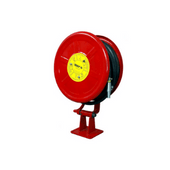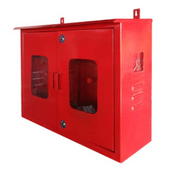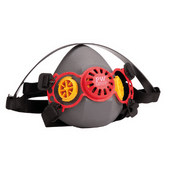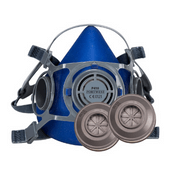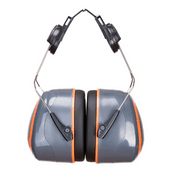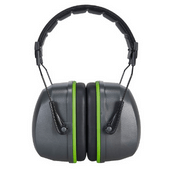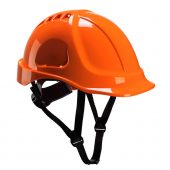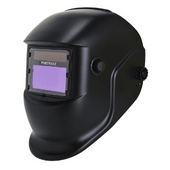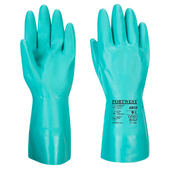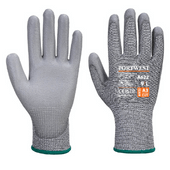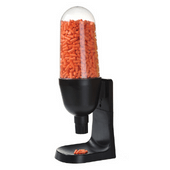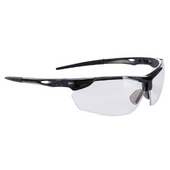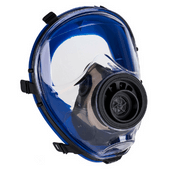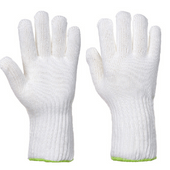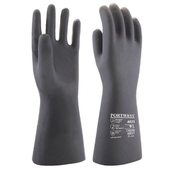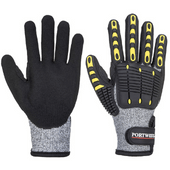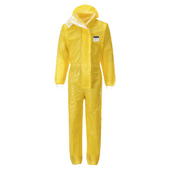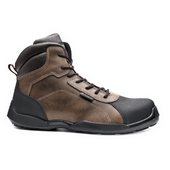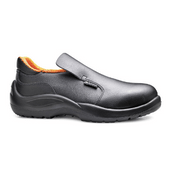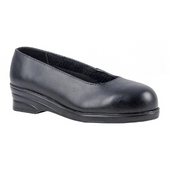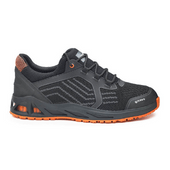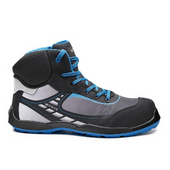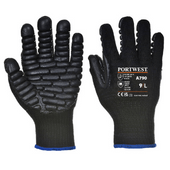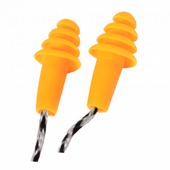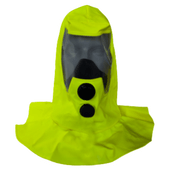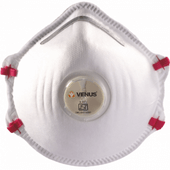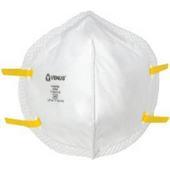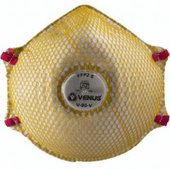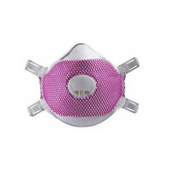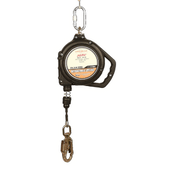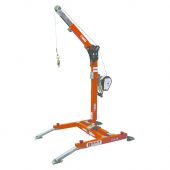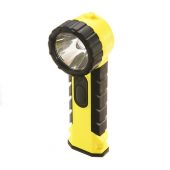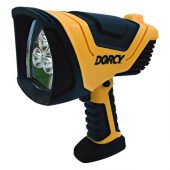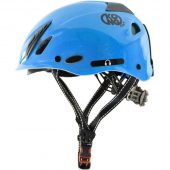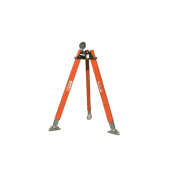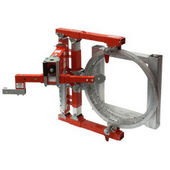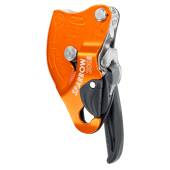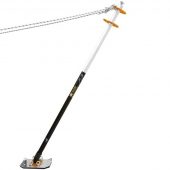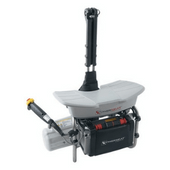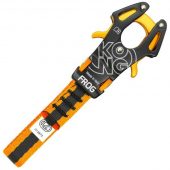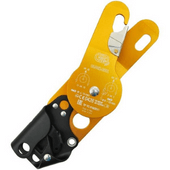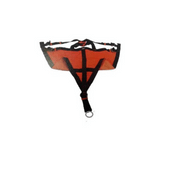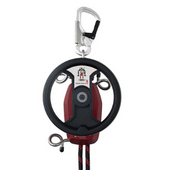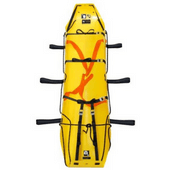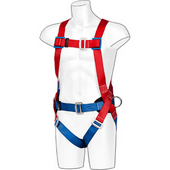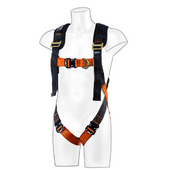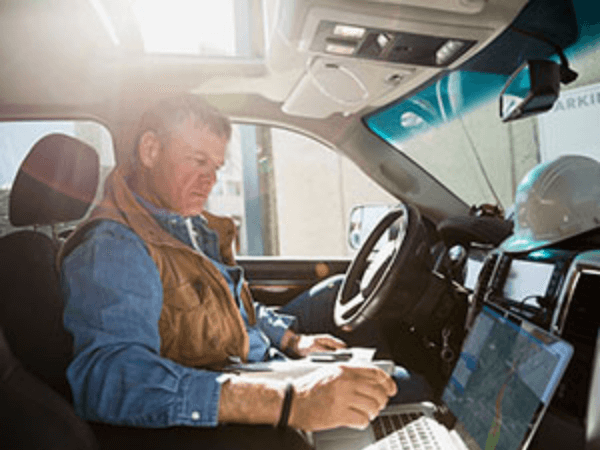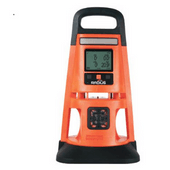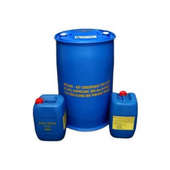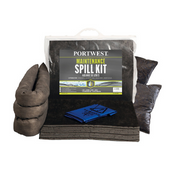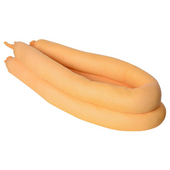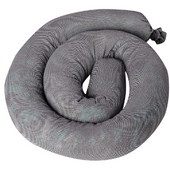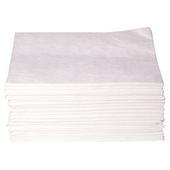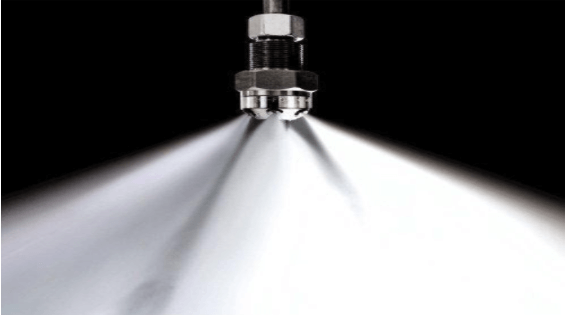
Water Mist System – A Suitable Alternative
Water mist technology is the most dynamic area of fire protection growth in recent years. New system designs and concepts have been tested and listed; standards written and international debate on applications has taken place. The reason for this concentrated focus has been the expectation that water mist will deliver a safe, environmentally friendly fire protection solution.
Water is potentially an outstanding physically acting suppressant, due to its high heat capacity and latent heat of vaporization, having values of 4.2 KJ/Kg/K and 2442 KJ/Kg respectively. This heat sink capability can affect fire extinguishment by cooling of burning materials to inhibit fuel vaporization, and by flame quenching where an increase in heat capacity of the atmosphere by 20-50 percent can reduce the flame temperature to around 1600K at which combustion reaction cannot be sustained.
Mechanism of Fire Extinguishment by Water Mist
Water mist systems extinguish the fire by other mechanisms in addition to surface cooling. They are
- Gas phase cooling, or heat extraction from the fire
- Reduced oxygen levels as water vapour displaces oxygen near the seat of the fire
- Radiant heat attenuation
- Flame stretch through momentum transfer from the spray
Water mist system has been classified into Class 1, 2 or 3 according to the drop size distribution.
Essence of Water Mist
Water mist systems have attracted great interest for a number of reasons. These systems are perceived to have the following advantages:
- Inexpensive;
- Non-toxic and environment friendly
- Suppress flammable liquid pool and spray fires
- Utilize water quantities a tenth or lower than sprinklers and hence have little or no collateral damage
- Can be made to perform functionally in some applications like total flooding gases (i.e. obstructed, enclosed fires) activated by a variety of means
- Application as inerting or explosion suppression systems.
Water Mist Compared to Conventional Sprinkler system
| System Characteristic | Sprinkler | Mist |
| Water demand | High | Low |
| Operating pressure/bar | 1 – 12 | 5 – 300 |
| Droplet diameter | 1 – 2 mm | 20 – 200 micron |
| Droplet velocity/ms-1 | 5 | Depends on system pressure |
| Deposition rate/l min-1 M2 | 4 – 16 | 3 – 15 |
| Discharge time/min | 30 – 120 | 0.5 – 6.0 |
Low water demand gives a clear advantage in terms of space and weight requirements for the water supply. This is one reason for research and testing of water mists for protection of transportation systems such as ships and aircraft. Also Flammable liquid spill fires that cannot be readily controlled with conventional sprinkler sprays due to splashing and spillage of the fuel, may be extinguished by low momentum fine water sprays under certain conditions. Moreover Conventional sprinkler sprays may damage high temperature equipment surfaces from too rapid cooling due to high water fluxes and large droplet diameters which is not in case of water mist
Categories:
Three categories have been proposed by NFPA 750- Standard on Water Mist Fire Protection Systems based on operating pressure
Low-pressure systems:
In these systems distribution piping is exposed to pressures of 175 psi (12.1 bar) or less
Intermediate-pressure systems:
Here the distribution system piping is exposed to pressures greater than 175 psi (12.1 bar) but less than 500 psi (34.5 bar)
High-pressure systems:
Distribution system piping is exposed to pressures of 500 psi (34.5 bar) or greater
Application:
1. Deluge Water Mist Systems:
Non automatic mist nozzles (open) attached to a piping network connected to the fluid supply directly or through a valve controlled by an independent detection system installed in the same area as the mist nozzles
2. Dry Pipe Water Mist System:
System uses automatic nozzles attached to a piping system containing air, nitrogen, or inert gas under pressure. Opening of automatic nozzle allows the water pressure to open a dry pipe valve. Water then flows into the piping system and out through the any open nozzles.
3. Engineered Water Mist System:
These systems need individual calculation and design to determine the flow rates, nozzle pressures, pipe size, area or volume protected by each nozzle, discharge density, nozzle type and placement etc. in a specific system
4. Local application Water Mist System:
The system is designed to discharge water mist directly on an object or hazard in an enclosed, unenclosed, or open outdoor equipment
5. Occupancy Protection System:
System utilizes automatic water mist nozzles installed throughout a building or a portion of a building and intended to control, suppress or extinguish the fire.
6. Preaction Water Mist System:
System uses automatic nozzles attached to a piping system that contains air that might or might not be under pressure, with a supplemental detection system installed in the same area. Actuation of the detection system opens a valve that allows water to flow into the piping and remains charged. Automatic nozzles need to be actuated by fire to discharge water mist.
7. Pre-Engineered Water Mist System:
These systems are pre-engineered with predetermined pipe and tube sizes, pipe lengths, atomizing media, nozzles and water storage.
8. Total Compartment Application Water Mist System:
The system provides complete protection of an enclosure or space by the simultaneous operation of all nozzles in the space by manual or automatic means.
9. Wet Pipe Water Mist Systems:
A water mist system using automatic nozzles attached to a piping system containing water and connected to a water supply, so that water discharges immediately from nozzles operated by the heat from a fire.
10. Zoned Water application system:
In this system piping network is subdivided into predetermined zones controlled by individual control valves and which protects a predetermined portion of the compartment by the manual or automatic activation of a selected group of nozzles.
Water Mist/ Compress Air Foam Systems (CAFS)
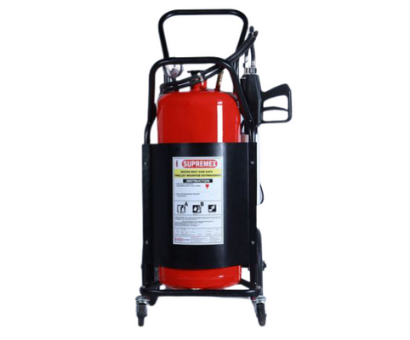
The technology of water mist cum compressed air foam system involves creation of water mist or a mist combination of water and foam using specialized nozzles. The mist droplets create an enlarged surface area resulting in rapid cooling due to absorption of heat. Mist droplets turn to steam on contact with fire resulting in blanketing effect, thereby cutting off oxygen & extinguishing the fire very fast. This is achieved by propelling mixture of water & foam using compressed air. Standards such as DIN EN 1866 and NFPA 750 prescribes requirements for water mist /CAFS fire extinguishers
The water mist cum compressed air foam system has advantage over conventional fire fighting systems (DCP/CO2) as it provides combined effect of cooling & blanketing which results in efficient fire fighting thereby helps control fire in the initial stages. Mist also helps in blocking radiant heat making it easier for the fire fighter to approach the fire.
Benefits of CAF systems
CAF systems have a wide range of benefits when compared with alternative fire fighting systems, including:
- Low water consumption, reducing water damage when extinguishing fires
- The ability to coat large areas incredibly quickly, minimising any damage caused and the risk of a fire spreading further
- Reduced environmental impact
- Reduced infrastructure requirements. Compressed air foam systems can be fit into a much smaller area than alternative solutions, dramatically reducing your infrastructure requirements and spend
Oil Industry Application
OISD Standard 116- Fire Protection facilities for petroleum and oil/gas processing plants, recommends usage of minimum one Trolley mounted (35-50 Kg) water mist cum compressed air foam technology fire extinguishers as alternate to existing DCP systems to fight fires at critical locations such as hot pumps handling fluids above auto ignition temperature like column bottom pumps at CDU, VDU, Coker, FCCU & HCU units, any other high temperature column, exchangers etc.
References:
- NFPA 750- Standard on Water Mist Fire Protection Systems
- OISD116- Fire Protection facilities for petroleum and oil/gas processing plants





